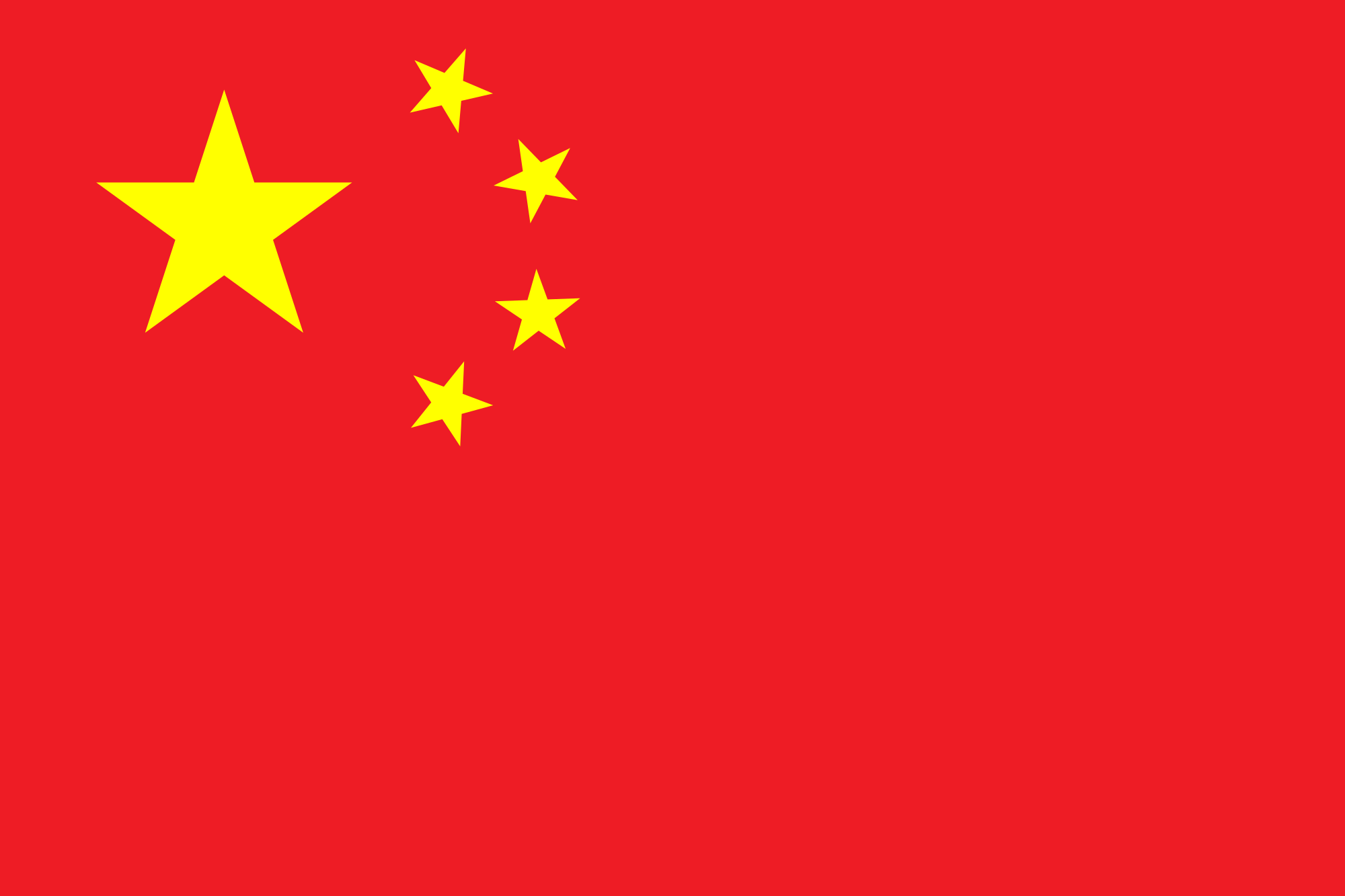Last week Claudia was in China to talk about microfinance and how to bring a CAMEO-type organization to China. Here’s what she had to say about the exchange:
 On July 29th I had the privilege of being the honored guest at a Micro Finance Roundtable hosted by Dr. Ting Lowery, Director of the Center for Chinese Entrepreneur Studies at the prestigious Tsinghua University in Beijing. Senior managers from the Alibaba Group (the Chinese version of a combined Amazon, EBay, Google, and PayPal) and CreditEase (a massive, new peer-to-peer microcredit platform that has facilitated $400 billion in urban and rural lending in the past five years) attended, along with local small business owners.
On July 29th I had the privilege of being the honored guest at a Micro Finance Roundtable hosted by Dr. Ting Lowery, Director of the Center for Chinese Entrepreneur Studies at the prestigious Tsinghua University in Beijing. Senior managers from the Alibaba Group (the Chinese version of a combined Amazon, EBay, Google, and PayPal) and CreditEase (a massive, new peer-to-peer microcredit platform that has facilitated $400 billion in urban and rural lending in the past five years) attended, along with local small business owners.
Our conversation focused on reaching low-income entrepreneurs, particularly those in rural areas. I was fascinated to see how vertically and horizontally integrated both companies are in serving the credit needs of low-income microentrepreneurs as well as college students and workers. I realize that this is due to limited financial and credit services in China that we enjoy in the U.S., e.g. few use credit cards, banks don’t make small business loans, etc… And competition as we know it in the West, does not figure into China’s centrally controlled economy. Still, the scale and cost efficiency obtained by the Chinese – around $3 per loan made – are breathtaking.
CreditEase sponsors an “Inclusive Finance” program that serves college students and workers as well as entrepreneurs. The program provides value-added services, such as industry research, business consulting, credit evaluation and loans that average $9,000 at 3% interest rate.
Alibaba has Alipay, like our PayPal, that facilitates 8.5 million transactions daily and fills the need for online payments for retail and wholesale, due to lack of a strong credit card system in China. Aliloan.com operates on the basis of providing small loans, short-term with flexible maturity on a huge scale. It lent $27.5 billion to 642,000 borrowers in 2013. Their Taobao.com e-commerce platform has been organized into Taobao Villages in 20 rural regions. Returning students and migrant workers help villagers start e-commerce businesses. These villages have become clusters that use e-commerce to boost the regional economy, for example in Chinese organic food. (I had the chance to feast on locally farmed and caught food on Chong Ming Island off Shanghai- incredible and completely different from Chinese food in the US!). The Taobao Villages strategy could be adopted by a number of rural regions in California. It is an intentional way to connect rural businesses to global markets and strengthen local supply chains. It combines hands- on TA with online capacity.
CreditEase and Alibaba are concerned about building trust, credibility, and transparency and responding to the microfinance market. A number of NGOs are engaged in microfinance in China, but there is no CAMEO-style network of business assistance providers and support to advocate on behalf of these necessary services. The roundtable participants asked me how to develop such a support system. Hopefully, Dr. Lowery will convene a future conference where this conversation can be developed further.
Food for Thought: how can our highly segmented and inefficient microlending system be integrated and scaled up without losing touch with individual borrowers’ needs for business advice and support? Perhaps mainstream could banks recognize a “microfinance market” like the Chinese companies do, and partner with nonprofits to delivery of trusted, non-predatory products and services? Could we learn a few things from China in this regard?
